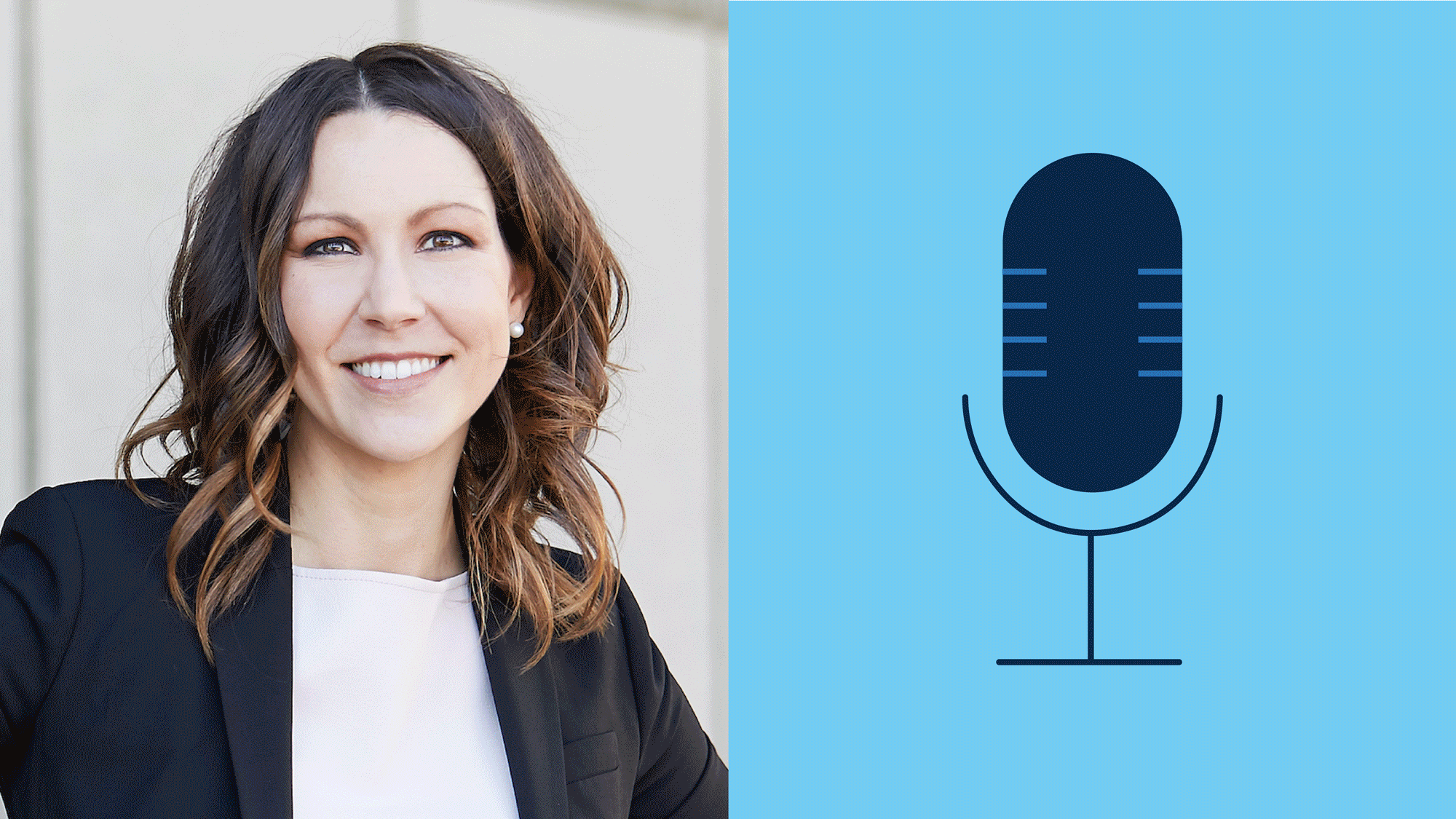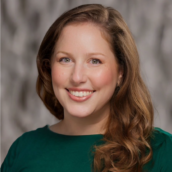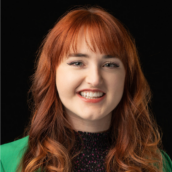
In this episode, we revisit some of the most powerful insights from last year’s guests to inspire and guide the year ahead. This isn’t just a look back—it’s a call to action for our industry. Listen as fourteen cultural leaders remind us why the arts matter and how we can continue to push boundaries, build connections, and lead with purpose.






